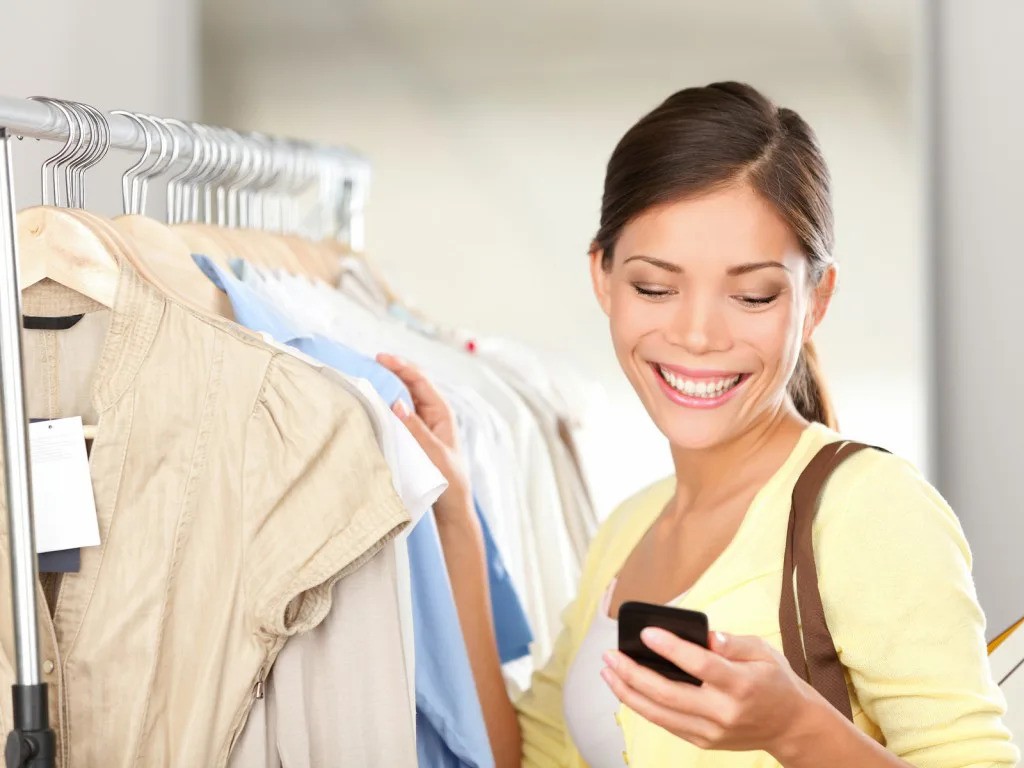

It’s no wonder why traditional marketing campaigns are losing their effectiveness – watching a commercial or seeing an ad in the paper for a sale doesn’t necessarily guarantee foot traffic. There’s a good chance that while you’re knee-deep in errands, you’ll forget to use your coupon or check out the latest sale, and by time you finally make it the promotion has ended. Location-based marketing is much more effective because it provides a timely, convenient reminder of deals available in your area.
According to a Berg Insight report, location-based marketing and advertising comprises about 7 percent of digital advertising. In 2013, $1.6 billion was spent on these marketing campaigns and this number is expected to explode by 2018, when spending on location-based marketing and advertising will hit $14.8 billion.
Location-based marketing conveys your message to shoppers at the most critical moment: while they are near your store. The messages can be anything from promoting certain brands or vendors or a buy-one-get-one-free product promotion.
By leveraging location and personalization technology to send consumers the right message at the right place and time, retailers can drive foot traffic, engage customers and reveal consumer behavior in the brick-and-mortar store.
On the technology side of things, location-based marketing requires that retailers determine where and when they want to reach consumers – whether it’s when they are in the store or in the general vicinity – and then use geotargeting and geofencing to pinpoint those consumers.
These technologies can be used to indicate when a device user has arrived and left; distinguish unique device IDs, as well as new, returning and repeat visitors; count the number of visits made by each visitor in a specified time period; track the amount of time it has been since their last visit; and measure the duration of their visits.
On the marketing side, creating an effective location-based campaign requires the following:
Encourage a conversation through social media and mobile apps
Businesses can easily integrate social media with their location-based marketing campaigns to make them even more effective. With popular smartphone apps like Foursquare, Yelp, Google Places and Groupon, consumers can gain information about your physical store as well as interact with other consumers.
These apps are popular in large areas with many shopping options – they enable consumers to distinguish the good from the bad. Because the majority of people using these apps are smartphone owners aged 30 and under, they are tool for marketing to the millennial generation.
Using their smartphone or tablet, users can “check in,” leave reviews and view hours of operations, menus, deals and promotions. So, not only can you market to consumers through these apps, they can market your products to their friends. When they “check in” it will appear on their Facebook and/or Twitter feeds, showing their peers where they choose to shop.
Not to mention, user reviews play a huge role in gaining new business. If there are customer reviews of the service visitors received, potential customers will weigh those experiences on whether or not they’ll pay a visit to your business.
Measure effectiveness
The last part of the campaign is obviously to find out how well it worked. A clickable coupon is one way. Each time a shopper clicks a link to a coupon and uses it in-store, it’s counted towards the campaign’s success rate.
A people counting system that tracks how many people come into the store while the campaign is running is another great way. When your POS system is used with people counting technology, you can see how many people came in and actually made a purchase or if they just came in to browse. If your traffic counts shoot up during a campaign, congratulations on an effective marketing effort! If the numbers are not as high as you may have liked, then there’s some fine tuning you can do for the next time.